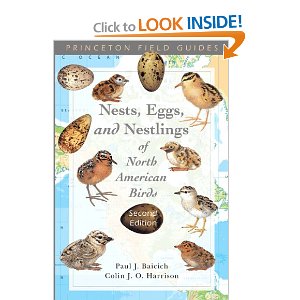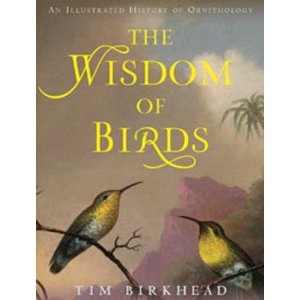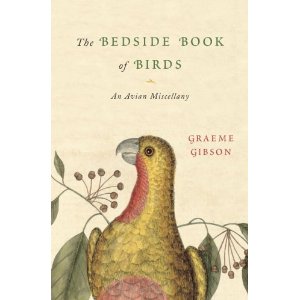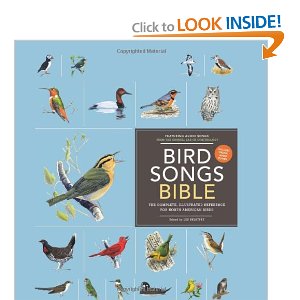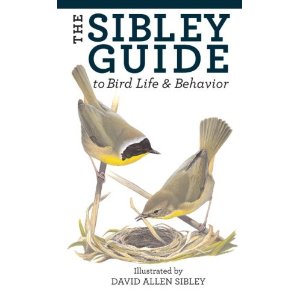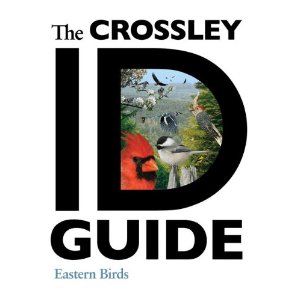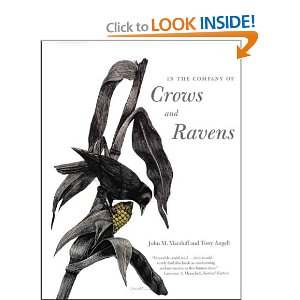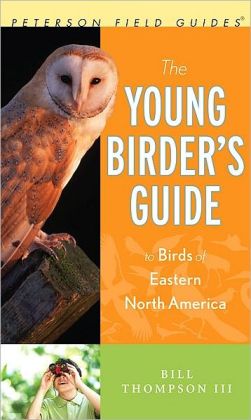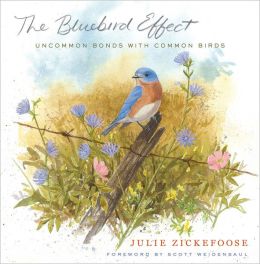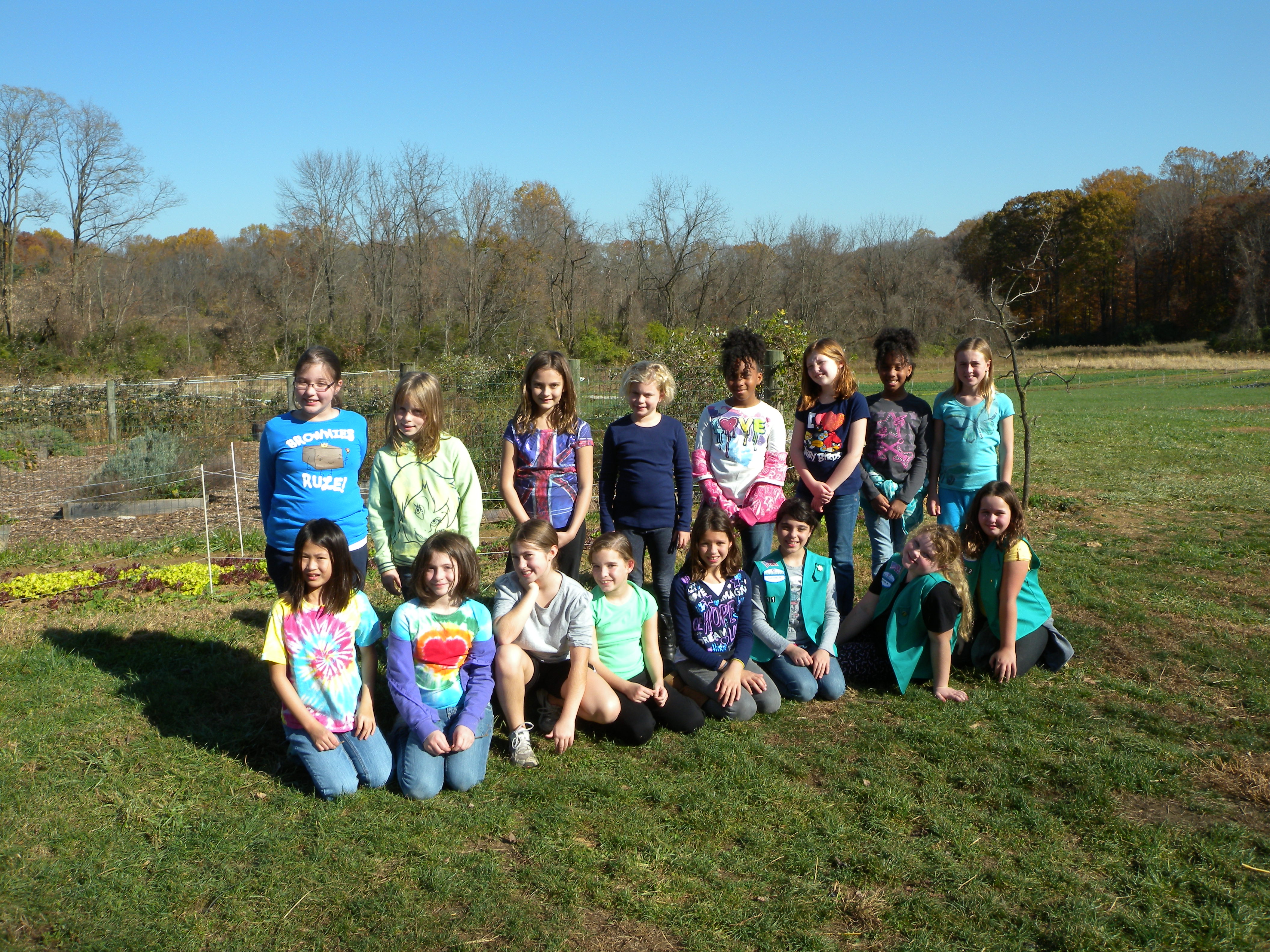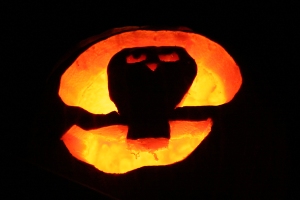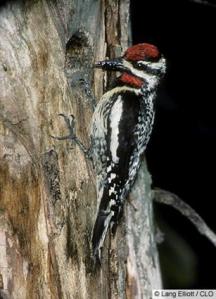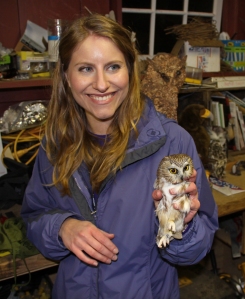
The inspiration: This lovely video from the Cornell Lab of Ornithology, capturing the joy of birds and the natural world. I hope you are as touched by it as I was!

And the hope: Seeing a Snowy Owl this winter! Believe it or not, one of these winter ghosts showed up right here in Chester County, in Spring City, several days ago. The owl was spotted hanging around the PJAX Freight Service Building for a few days, the last sighting being Dec 24th before she apparently moved on. Click here to see a Centre County observer’s wonderful photos of the magnificent bird, including one of it coughing up a pellet!

If your dream is to see one of these mythical Harry Potter creatures, then this is the year to go for it! I suggest checking this birdingonthe.net website frequently to stay informed of any new Snowy Owl sightings near you. This website lists all recent postings from the Pennsylvania Birding List, which is an authoritative email listserv used by many birders across the state.
Want more white? Click here to read an informative article in the Bangor Daily News about Snowy Owls, Snowy Owl invasions, and what to do (or not to do) if you spot one.
Happy New Year, and keep hoping for that Snow!


